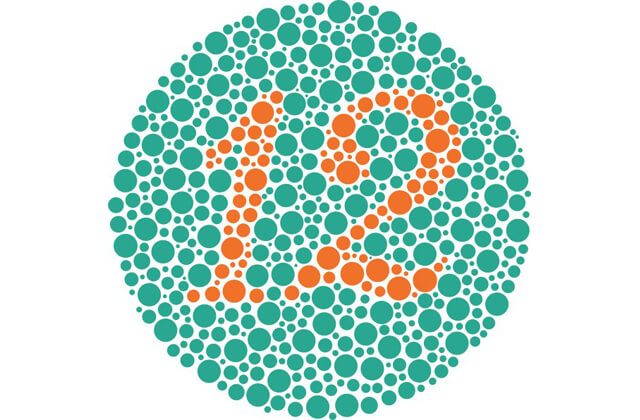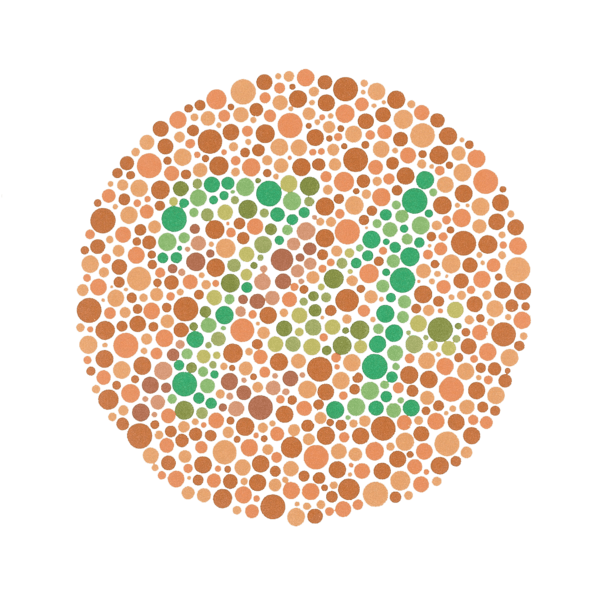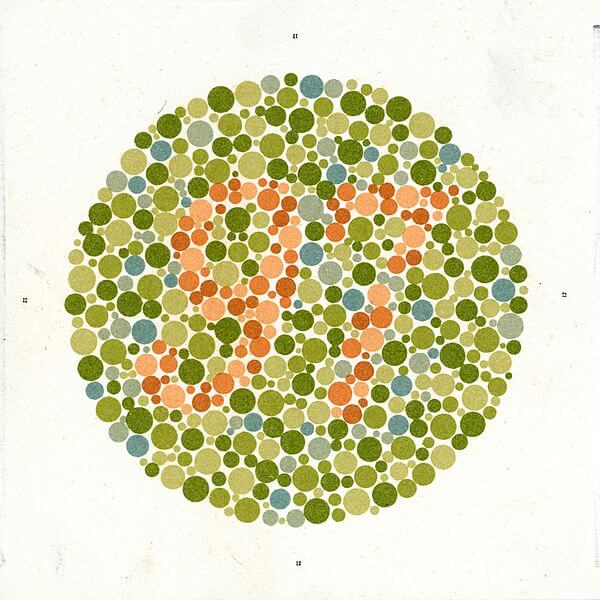Color blindness is a little understood condition that is surprisingly common, affecting one in every twelve men, and one in every 200 women. Although precise figures on the prevalence of color blindness in India are not available, it is estimated that some form of color blindness affects up to 8% of Indian men and 1% of women.
In most cases the condition goes undiagnosed until late in life, as there is a general lack of awareness.
What Is Color Blindness?
“This is a form of visual impairment in which the patient cannot see the full spectrum of colors”
Contrary to popular belief color blindness does not imply a lack of color vision, but it is a form of vision impairment in which there is a color deficit so to speak, which is why the experts prefer to describe it as Colour Vision Deficiency. This also means that it can be hard to tell if you are color blind or not.
Fortunately, there are simple tests to detect color blindness and we bring you one of the most widely used screening tests for color blindness.
How Color Blind Are You?
“A pioneering test to detect color blindness, the Ishihara test was created by Dr. Shinobu Ishihara, from the University of Tokyo”
The Ishihara test is a vision test for deficiencies in color vision and is one of the earliest tests of its kind, designed by Dr. Shinobu Ishihara, from the University of Tokyo.
The test features a series of slides with seemingly random colored dots, but each slide contains a carefully designed pattern of numbers that will be invisible or very hard to see if you suffer from the most common types of color blindness.
To help you get started, we’ll start with a slide in which the hidden pattern will be visible no matter the type of color blindness. This will help you understand what you need to look out for in the test slides.

The number hidden in that slide is 12, as you should already know, unless you suffer from Hyperopia (long sightedness) in addition to possible color blindness!
If you recognized the number in the slide above or can now see it after wearing your spectacles, let’s proceed to the test slides.
The Ishihara Test For Color Blindness Or Color Vision Deficiency
Look at each of the slides below and note down the pattern you see in each, if you can find any. The pattern that should be visible to someone with normal color vision is listed below all of the slides.
Going through the Ishihara test can help diagnose color blindness of the common types, namely protanopia (red color deficit), protanomaly (mild red color deficit), deuteranopia (green color deficit), and deuteranomaly (mild green color deficit).
Slide 1
Slide 2
Slide 3
Slide 4

Slide 5

Analyzing Your Color Blindness Test Results
The numerals present in each of the slides are as follows:
Slide 1 – 6
Slide 2 – 45
Slide 3 – 42
Slide 4 – 74
Slide 5 – 97
If you got them all right, you’ve got nothing to worry about and should just start to take better care of your eyes! If you could not see the numbers in any of the slides or misidentified any of the numbers, it may be a good idea to consult an ophthalmologist as you could suffer from some form of color blindness.
An eye specialist will be able to make a more accurate diagnosis and can also offer suggestions that may help, such as the use of color filters or contact lenses, but there is no cure at present for inherited color blindness.

Facebook Comments